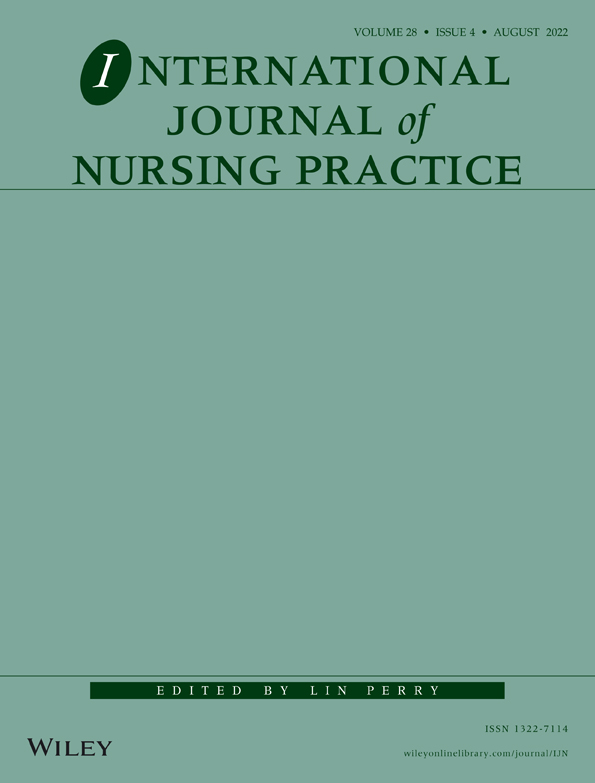Distress in the context of cancer and chemotherapy: A mixed-method study
[Correction added on 8 August 2022, after first online publication: the footnote regarding authorship statement was deleted here.]
All persons who meet authorship criteria are listed as authors, and all authors certify that they have participated sufficiently in the work to take public responsibility for the content, including participation in the concept, design, analysis, writing, or revision of the manuscript. Furthermore, each author certifies that this material or similar material has not been and will not be submitted to or published in any other journal.
Funding information: Coordenação de Aperfeiçoamento de Pessoal de Nível Superior - Brasil (CAPES), Grant/Award Number: 001
Abstract
Background
There are controversial results about the effects of cancer and chemotherapy on the perception of distress.
Aims
The purpose to the study is to explore the meaning of the distress experienced by patients with cancer and verify whether the cancer diagnosis, stage and receiving chemotherapy influence this experience.
Design
This is a mixed-methods study with cancer patients.
Methods
Data were collected in 2018 using a phenomenological interview (n = 18) and one suffering inventory (n = 100). Qualitative analysis was performed using the empirical-comprehensive model and quantitative using statistical tests. The results were triangulated.
Results
Distress originated from difficulties faced in health services, diagnosis confirmation, beginning treatment and interruption of life projects. Patients mobilized resources in the spiritual dimension that allowed them to redefine their distress positively. Chemotherapy brought hope back and promoted healing expectations. Higher average scores for distress were found in patients with advanced stage and receiving palliative chemotherapy. Not having begun chemotherapy and having head and neck cancer were associated with higher average scores for distress.
Conclusion
Distress was greater among patients who had not yet begun chemotherapy; nearness of death and difficulty talking about feelings caused distress; distress was redefined by mobilization of spiritual resources.
Summary statement
What is already known about this topic?
- There are conflicting results about distress between patients with cancer.
- The distress of cancer patients has been little reported or treated in cancer care units.
- There are no mixed-method studies on distress in chemotherapy patients that have combined a measuring instrument and a phenomenological approach.
What this paper adds?
- Distress among patients with cancer derives from elements that relate to health services, as well as the individual's ability to deal with the situation.
- Distress is greater among patients who have not begun chemotherapy and those who have head and neck cancer diagnoses.
- Phenomenological method can complement the use of scales to assess the subjective experience of distress in the context of cancer and chemotherapy.
Implications of this paper
- Distress evaluation must encompass listening and the use of measurement instruments to strengthen the implementation of patient-centred nursing care.
- Nurses are in a unique position to identify and approach distress, because they are often at the side of patients throughout the course of treatment.
- Professional training for reporting of difficult news is required.
CONFLICT OF INTEREST
We wish to confirm that there are no known conflicts of interest associated with this publication and there has been no significant financial support for this work that could have influenced its outcome.
Open Research
DATA AVAILABILITY STATEMENT
The data that support the findings of this study are available from the corresponding author upon reasonable request.




